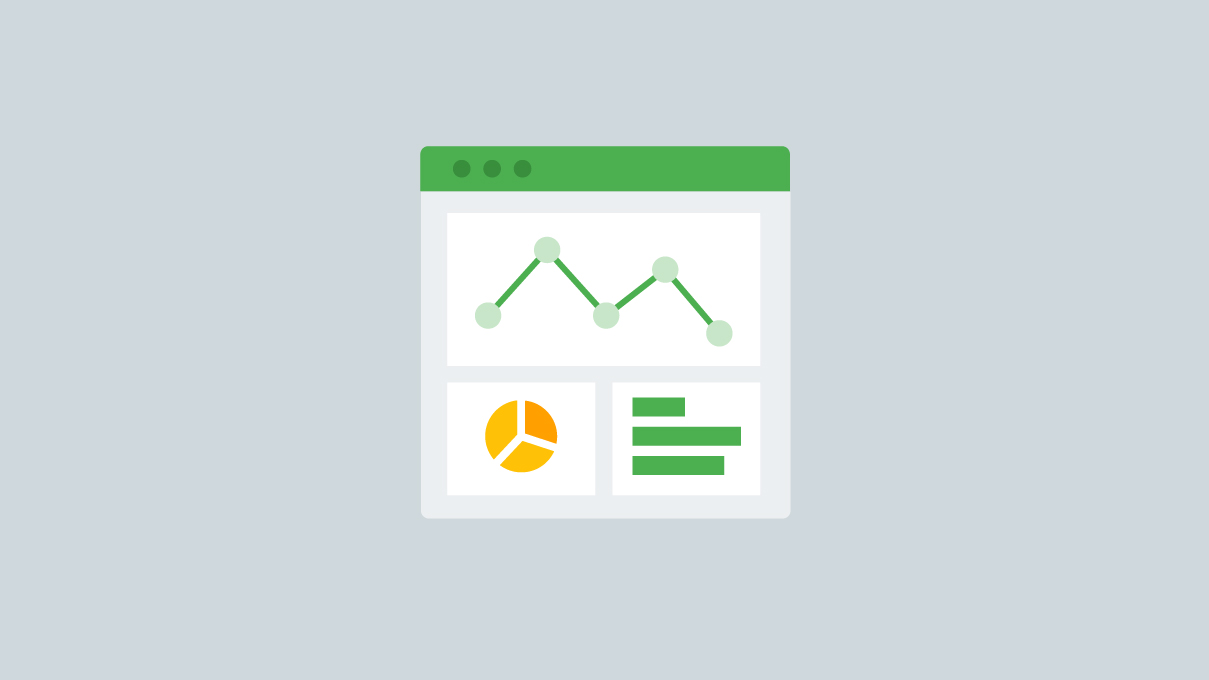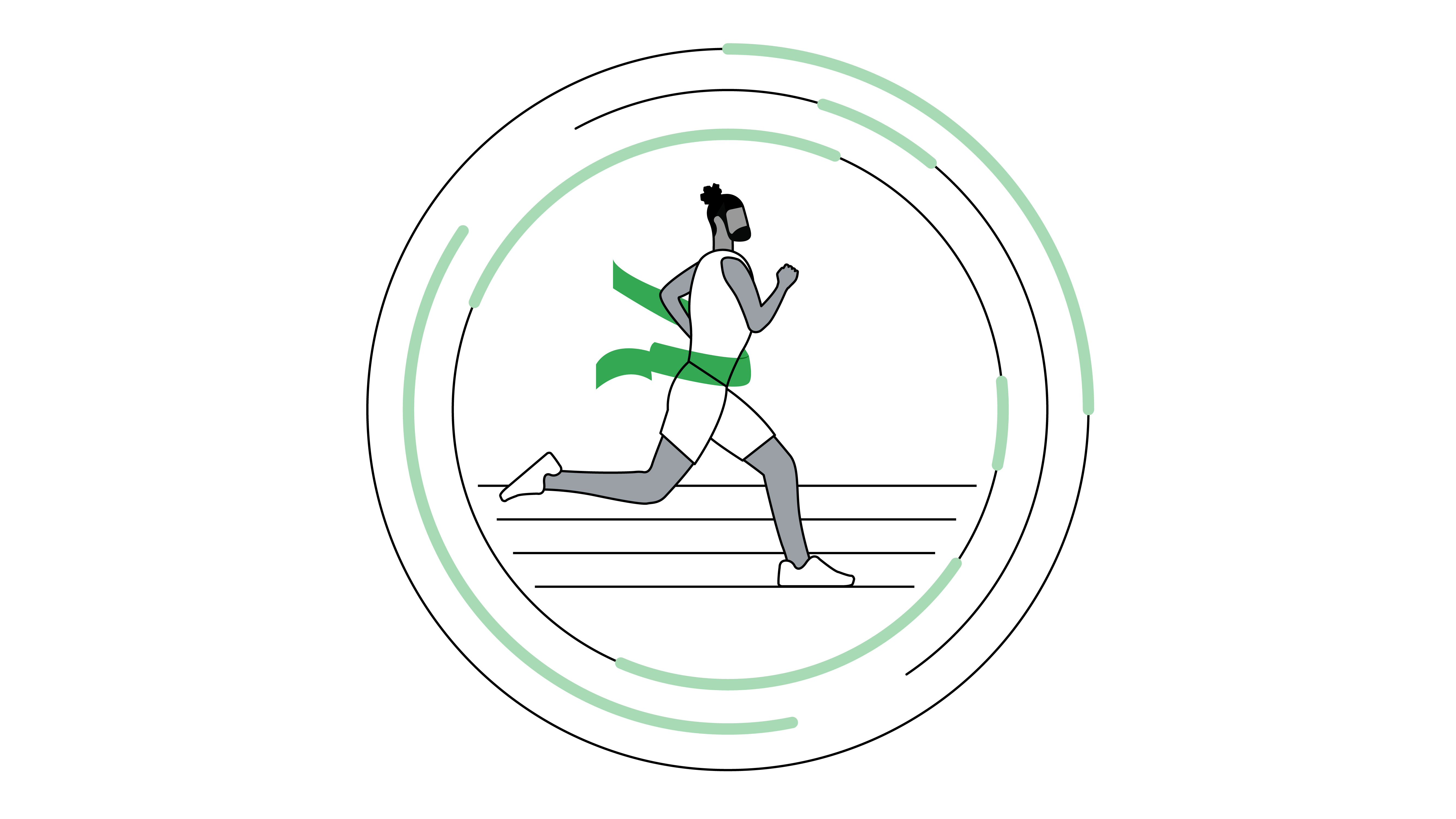Koçtaş Marketing Director of Turkey's largest retail brand Efe Çapar, clarifies the customer's recognition issues with the data analysis described as a bottomless pit.
Nowadays, it is easier to predict customer behaviour than in the past, but it is also more complex. With increasing brand, product and service alternatives, differentiation of channels and intense competition, it takes a lot of effort to keep customers and predict their next shopping behaviour. However, with today's technology, collecting data about customer behaviour and analysing this data to gain insight are the factors that make things easier.
To predict customer behaviour, we need to start with the question nasıl How do we obtain data?.. At first glance, it may seem simple for companies operating only on digital channels, but this step is critical for companies that touch customers on many channels.
The question that companies should ask themselves about customer recognition is: “We want to get to know our customers, but do our customers want us to know them? Konu The critical issue here is to give them a valid reason to let them know themselves.
As Koçtaş, we have made a significant breakthrough in our journey of getting to know our customers in the last two years. Our turnover rate with Koçtaş Card, which was 7% in January 2017, has now reached 95%. In summary, we know which customers make 95% of the turnover generated in shops. This success is not a coincidence; there is serious work behind it.
The question that companies should ask themselves about customer recognition is: “We want to know our customers, but do our customers want us to know them?”
First of all, we have defined all the discounts and campaigns that we offer to our customers only to Koçtaş Card. Koçtaş Card is a non-physical card in which our customers introduce themselves with their mobile phones. We then offered our customers a convincing set of benefits to use this card. With special benefits such as receipt / prepaid return opportunity, priority service in call centre, free shipping & installation facilities and brand collaborations in Koçtaş Card shopping, we have implemented only intangible, simplifying applications for our customers.
On top of that, we started to get to know not only our customers but also our visitors who came to the shop in 2018 but left without buying any products thanks to the free Wi-Fi network. We already know our customers who make transactions on digital channels through their membership processes.
Collect multichannel data in one place
Collecting and analysing these data from different channels in one place is important for us to predict customer behaviour. By transferring data from different channels to Google Cloud Platform, we eliminated manual running between IT and analytical teams and provided instant access to data. In this way, storing and processing data provides advantages in terms of cost and time compared to other tools.
First of all, if we look at what we do in an environment where we can recognise our customers and collect and process all the data; We estimate the behaviour of our customers with data analytical models. By examining nearly a hundred variables such as product, category, shopping carts and last arrival times purchased by customers, we offer campaigns considering the possibility of our customers visiting us again. We make improvements to campaigns based on feedback from customers. In addition, we announce our seasonal and category-based campaigns according to customers' shopping habits and profiles. One-to-one campaigns, as well as campaigns for the masses, are included in these communications.
Measures after the actions take place, to see what works, give direction to the actions to be taken at the same time, as well as the opportunity to update and stop the current actions. For this, we use some reports in Data Studio.
We monitor the data on the GCP with the reports on the Data Studio and provide access to all relevant people. Reports that were previously accessible to specific people can now be followed instantly by everyone via Data Studio. The impact of communications on sales is also monitored through these reports and the communication strategy can be changed. Many different data such as customer, sales and inventory are analysed and used to contribute to business results with the access of all relevant units.
It is not difficult to predict customer behaviour by centring the data and making decisions by all units using data to contribute to business results. But this is a bottomless well.
It is not difficult to predict customer behaviour by centring the data and making decisions by all units using data to contribute to business results. But this is a bottomless well. If we go into the details of customer behaviour, there are too many factors to be re-visited, what products to buy when it comes, how to experience, what time period to come, whether to buy services or not. However, we can predict a different step by increasing the data sets and diversifying the analytical models used.







